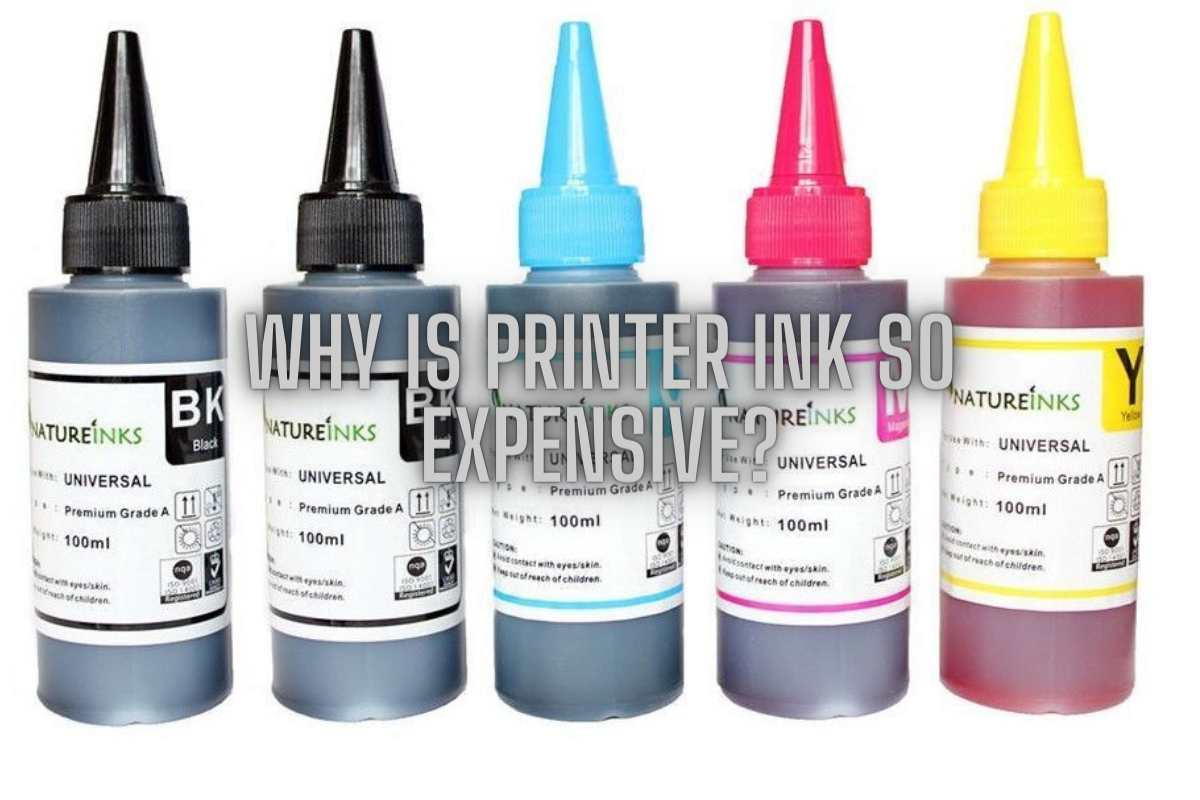When you purchase a printer, you would naturally expect that maintaining it wouldn’t cost more than the device itself, right? Surprisingly, this is often not the case due to the cost of printer ink, which is notoriously expensive. Understanding the reasons behind the high cost of printer ink can help us comprehend the economics of the printing industry and explore potential alternatives. This article will delve into the various factors that contribute to the high price tag of printer ink.
1. The Razor and Blades Business Model
You might wonder why printer manufacturers don’t simply charge more for printers and less for ink cartridges. The primary reason is the “razor and blades” business model, also known as the “loss leader” business model. The strategy is straightforward; companies sell the primary product at a low price (or even at a loss), making profits from selling associated expendable products.
In this case, the printer is the “razor”—a one-time purchase that uses ink cartridges—the “blades.” Manufacturers entice customers with affordable printers, then cash in on recurrent sales of the proprietary cartridges. Therefore, part of the reason printer ink is so expensive is because money is recouped through the sale of ink after companies have effectively given away their printers.
2. High R&D Costs: The Quest for Quality
The development of top-quality printer ink entails large investment in research and development (R&D). Companies strive to produce inks that dry quickly, don’t smudge, are resistant to fading, and reproduce accurate colors. Such features require sophisticated formulation, not to say the development of hardware inside the cartridge that controls the application of ink.
Furthermore, there’s a considerable cost associated with manufacturing inks that are nontoxic, have a long shelf life, and can operate reliably under different conditions. These R&D costs are then passed on to consumers, contributing to the high price of printer ink.
3. Intellectual Property Rights Protection
Printer manufacturers frequently incorporate proprietary technology into their ink cartridges, thus establishing a form of monopoly on the refill market. They enforce their intellectual property rights rigorously, deterring competition and, by extension, keeping the price high.
4. The Cost of Precision Printing
Inkjet printers especially require specific quality inks due to the precision these printers employ. They deposit minuscule ink droplets onto paper—an intricate process that necessitates the use of specially formulated, high-quality inks to prevent issues like nozzle clogging or uneven ink distribution. As such, the cost of these high-quality inks contributes to the overall expense of printer ink.
5. Market Demand and Perception of Value
Despite the high cost, there’s a consistent demand for printer ink. Whether for personal or business use, printing forms an integral part of everyday tasks, thus ensuring an ongoing market for printer ink. Furthermore, consumers often correlate quality with cost. They opt for branded options believing they offer better quality and reliability than their cheaper counterparts, which allows companies to maintain high pricing.
6. Packaging and Marketing Costs
Like any other product, printer ink pricing is impacted by associated costs, such as packaging, marketing, shipping, and logistics. Moreover, retailers also add a considerable markup to ensure profit, further driving up the price.
A Note on Alternatives to Branded Ink Cartridges
Given the high costs, consumers are increasingly exploring alternatives like remanufactured or compatible cartridges, continuous ink systems, or refilling services. While presenting significant cost savings, they differ in terms of quality and may potentially harm the printer if they fall short of the required specifications.
In Conclusion
The significant price tag attached to printer ink can be attributed to several reasons, from the “razor and blades” business model to high R&D costs, intellectual property rights, the demand for precision printing, market demand, and associated costs. It’s a multi-faceted issue stitched into the fabric of the printing industry’s economics.
Understanding why printer ink is so expensive can help consumers make an informed decision. Still, the most crucial step might be revising our printing habits—embracing digital formats when possible and printing only when necessary would not only save ink cost but also contribute to environmental sustainability.

